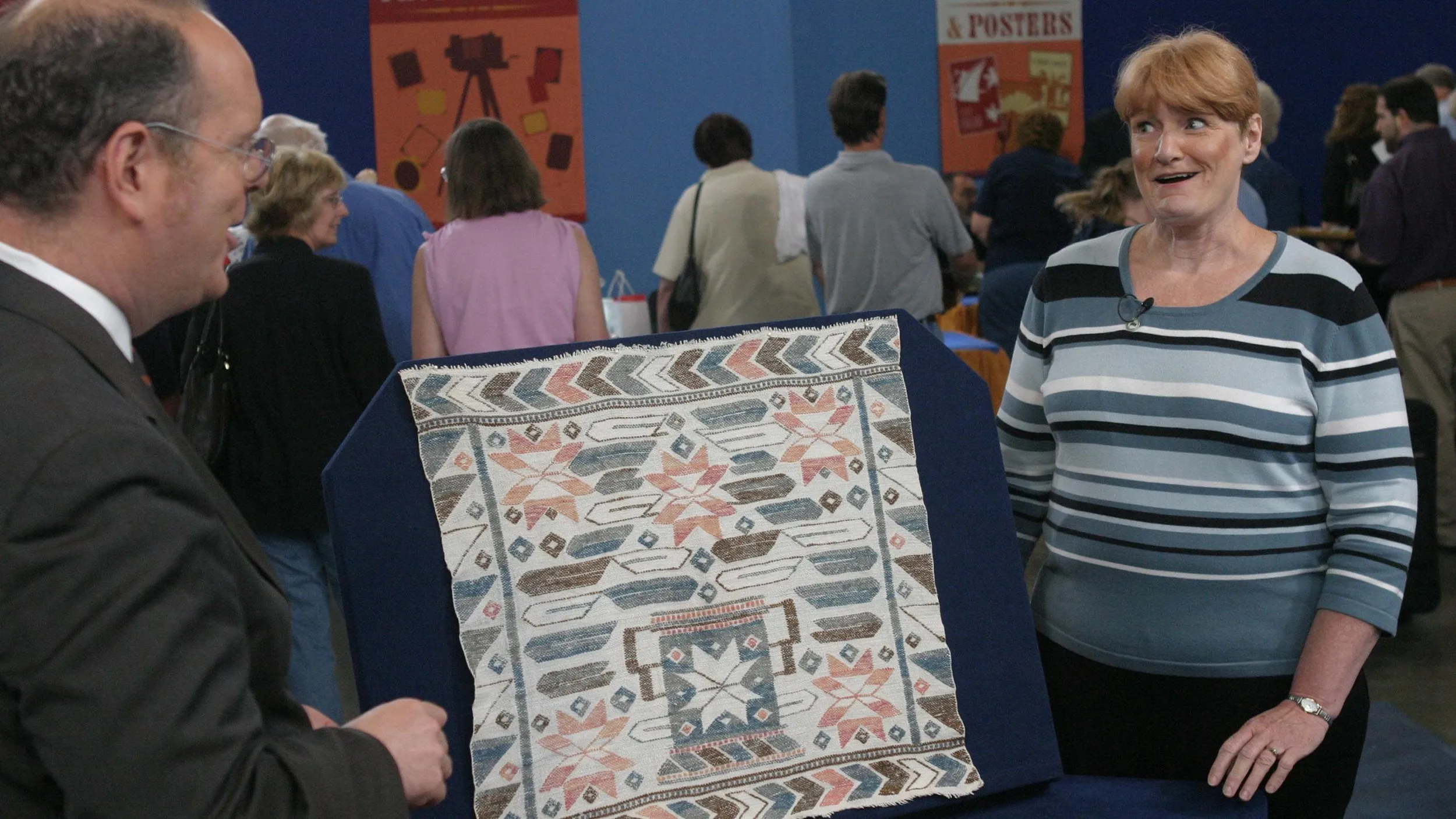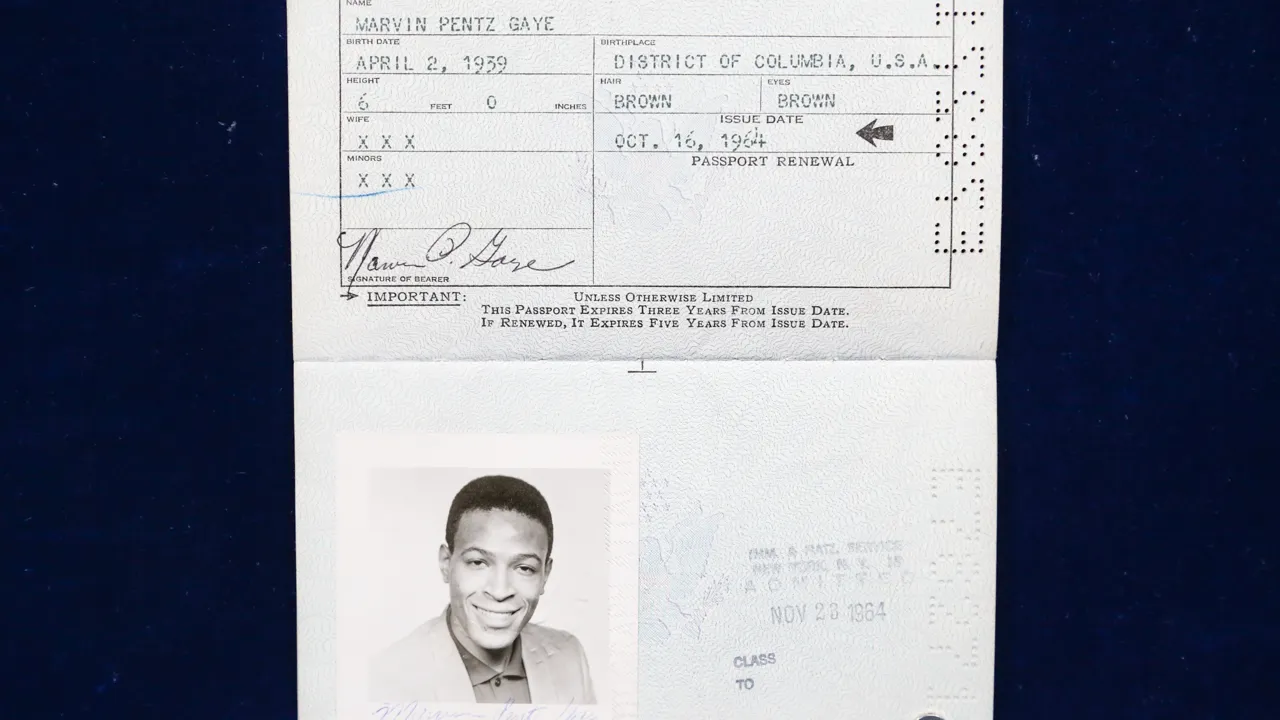GUEST: I bought this poster at an auction about six or seven years ago. I love the colors in it and it just caught my eye.
APPRAISER: When you bought it at auction, how much did you pay for it?
GUEST: I believe I paid about $350.
APPRAISER: Do you know who the artist is? Do you know when it's from? Do you know what it's for?
GUEST: (chuckles) I really don't. I hate to admit my ignorance.
APPRAISER: It's the Alcazar d'Été, which was one of the two great French music halls on the Champs-Élysées, only during the summer. There was also the Alcazar d'Hiver, which was the winter theater. But these were outdoor music halls on the Champs-Élysées, and this is a poster for a cabaret act for the four Marten sisters.
GUEST: Okay.
APPRAISER: I hate to tell you my ignorance. I don't know who they are. Their act is lost to history. They are the tambourine-playing, dancing quartet. But they were, obviously, a minor sensation in the Parisian music halls at the end of last century. There's no date on it, but I went to some reference books, and I looked it up-- it's from 1888.
GUEST: Oh, my.
APPRAISER: Which is a really early lithograph. But the more interesting thing to me is who the artist is. Now, you don't see an artist's name anywhere on the picture. It's unsigned, but it is clearly the work of Jules Chéret. Now, Jules Chéret's name appears on the poster but not as the artist. His name appears right here as one of the printers of the poster. Jules Chéret was basically the father of the modern poster. He's been called both the father of modern lithography, and the father of the modern poster. And it was his work and his work alone that created the entire sensation of posters in Paris at the end of the 19th century. He was the master of combining four colors into a virtual rainbow of lithographic colors. Now, this poster pre-dates his really colorful images. This is really only three colors, not four. It's red, blue, and black. And it's unusual, because Chéret's earlier lithographs are usually much smaller. And in about two years after this, he began designing the posters that were really filled with yellows, filled with reds, filled with purples and greens. But this is a very important early work of his. It is valuable. It is interesting. It's a great document because it's an early work of this very important artist. We decided that a very fair auction estimate would be $1,500 to $2,000.
GUEST: Oh, my goodness.
APPRAISER: And the great thing about auction is, if other people feel it's as rare as I'm telling you, then the price can only go higher.
GUEST: Wow. (laughs)
APPRAISER: So it really does have a lot of pizzazz.
GUEST: Yes, yes, it suddenly has more interest to me.
APPRAISER: That's great.












